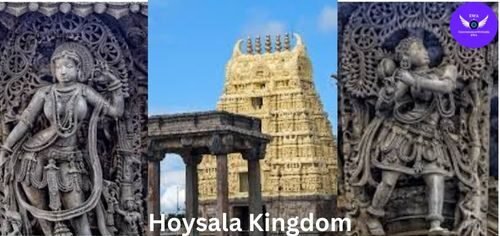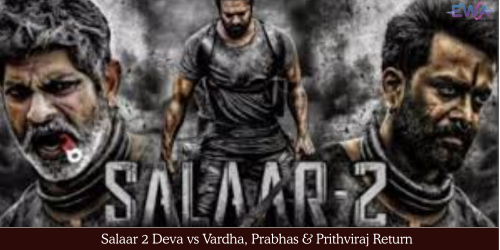Hoysala Kingdom The Marvels of Medieval Karnataka Rich Look
Hoysala Kingdom
A significant period in South India’s history, the Hoysala’s Kingdom is well-known for its exquisite architecture and extensive cultural legacy. The Hoysalas, who flourished from the tenth to the fourteenth century, left behind a legacy of magnificent temples and structures that still enthrall travelers, historians, and art enthusiasts. This blog sheds insight on the significance of the Hoysala Kingdom in Karnataka’s medieval past by examining its history, architecture, and creators.

The Birth of the Hoysala Kingdom
King Nripa Kama, a chieftain from the Karnataka district of Malnad, established the Hoysala’s Kingdom. However, the kingdom really prospered in the 12th century under the leadership of Vishnuvardhana (formerly Bittideva). The kingdom’s domain was increased under Vishnuvardhana, who also made it a powerful force in South India.
The Hoysalas eventually proclaimed their independence after once being Western Chalukyas’ feudatories. With their capital at Belur and then subsequently Halebidu, they reigned over a large portion of modern-day Karnataka. The kingdom’s advantageous location, which added to its wealth, allowed it to exert authority across both the mountainous Western Ghats and the fertile plains.

Hoysala Architecture: A Testament to Artistic Brilliance
The Hoysala Kingdom is mostly recognized for its distinctive and elaborate architectural design, which combines Vesara and Dravidian elements. The temples constructed during this time are magnificent examples of both engineering and art.
- Star-Shaped Platforms: Unlike typical rectangular or square bases, Hoysala temples are frequently constructed on star-shaped bases. Their beauty is enhanced and a solid foundation is provided by this design.
- Soapstone Construction: The Hoysalas carved intricate designs into the soft soapstone, which they utilized for construction. It solidifies with time, giving the sculptures durability.
- Richly carved pillars and ceilings, showcasing intricate figures from mythology, animals, and floral patterns, are the hallmark of Hoysala temple architecture.
- Detailed Sculptures: These temples provide a rich visual record of ancient Indian culture, with their walls adorned in detailed sculptures of gods, goddesses, and scenes from epics like the Mahabharata and Ramayana.
- Read about the Shravan Somvara
The Decline of the Hoysala's Kingdom
Due to internal strife and recurrent Delhi Sultanate invasions, the Hoysala Kingdom started to fall in the late 13th century. Hoysala control came to an end when the Vijayanagara Empire became the dominating force in the area by the middle of the 14th century. But the spectacular temples and monuments the Hoysalas left behind—which still astonish people today—keep the Hoysala legacy alive.
Notable Hoysala's Temples
- King Vishnuvardhana erected the Lord Vishnu-focused Chennakesava Temple in Belur in 1117 AD. renowned for its intricate sculptures and carvings.
- Dedicated to Lord Shiva, the Hoysaleswara Temple in Halebidu was once the capital of Hoysala. renowned for its elaborate carvings that represent animals, dancers, singers, and mythology.
- Lord Shiva is also honored at the Kedareshwara Temple in Halebidu, which is renowned for its exquisite sculptures and star-shaped temple.
- Known as Keshava Temple, Somnathpur Temple is located close to Mysore. Well-known for its intricate wall sculptures and star-shaped design.






